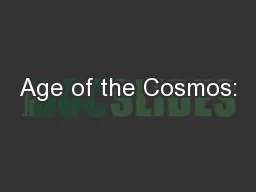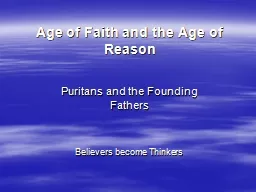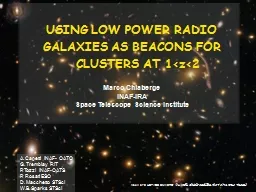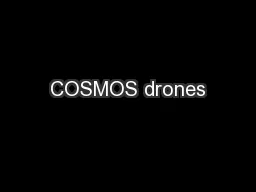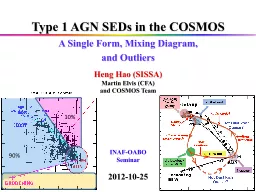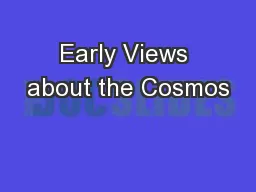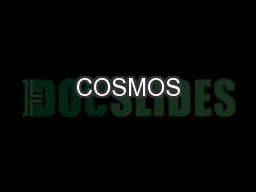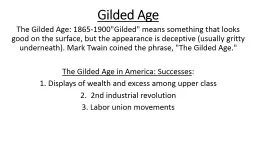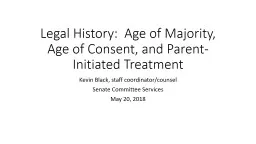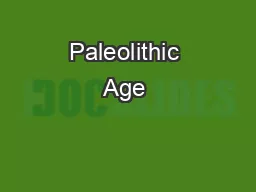PPT-Age of the Cosmos:
Author : phoebe-click | Published Date : 2017-04-04
The Biblical Model Christopher W Ashcraft MS MEd Big Bang vs Creation Origin of Stars Solar System Evidence of Design Age of the Cosmos Are we being told all the
Presentation Embed Code
Download Presentation
Download Presentation The PPT/PDF document "Age of the Cosmos:" is the property of its rightful owner. Permission is granted to download and print the materials on this website for personal, non-commercial use only, and to display it on your personal computer provided you do not modify the materials and that you retain all copyright notices contained in the materials. By downloading content from our website, you accept the terms of this agreement.
Age of the Cosmos:: Transcript
Download Rules Of Document
"Age of the Cosmos:"The content belongs to its owner. You may download and print it for personal use, without modification, and keep all copyright notices. By downloading, you agree to these terms.
Related Documents

